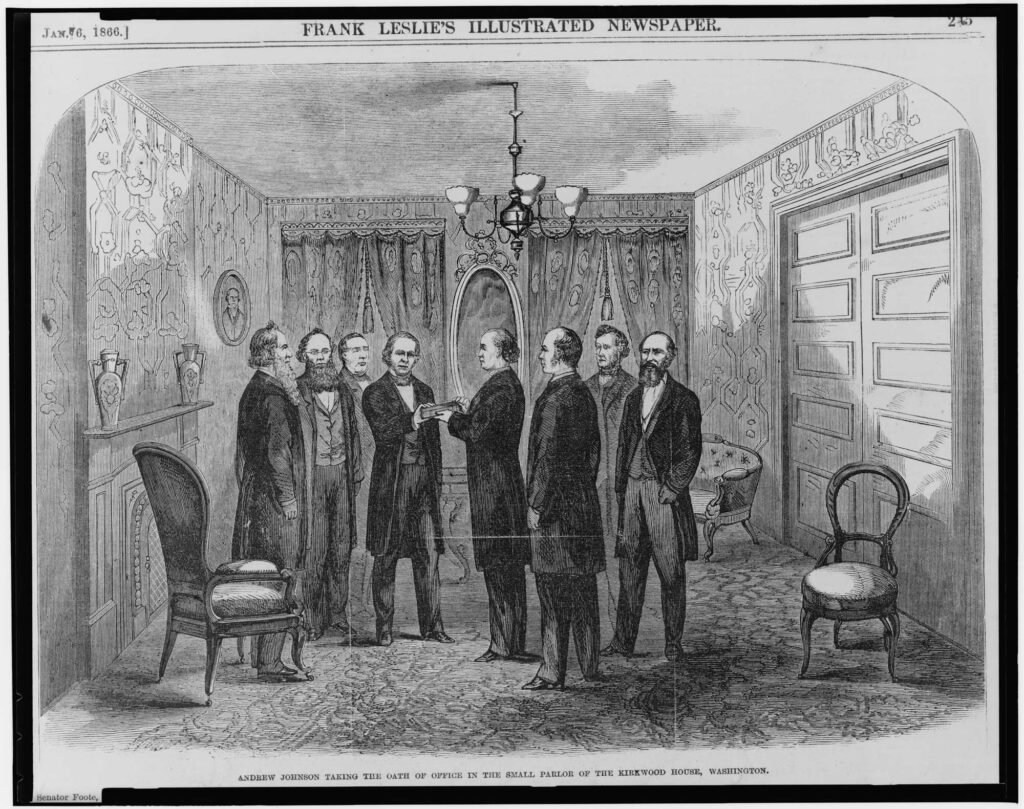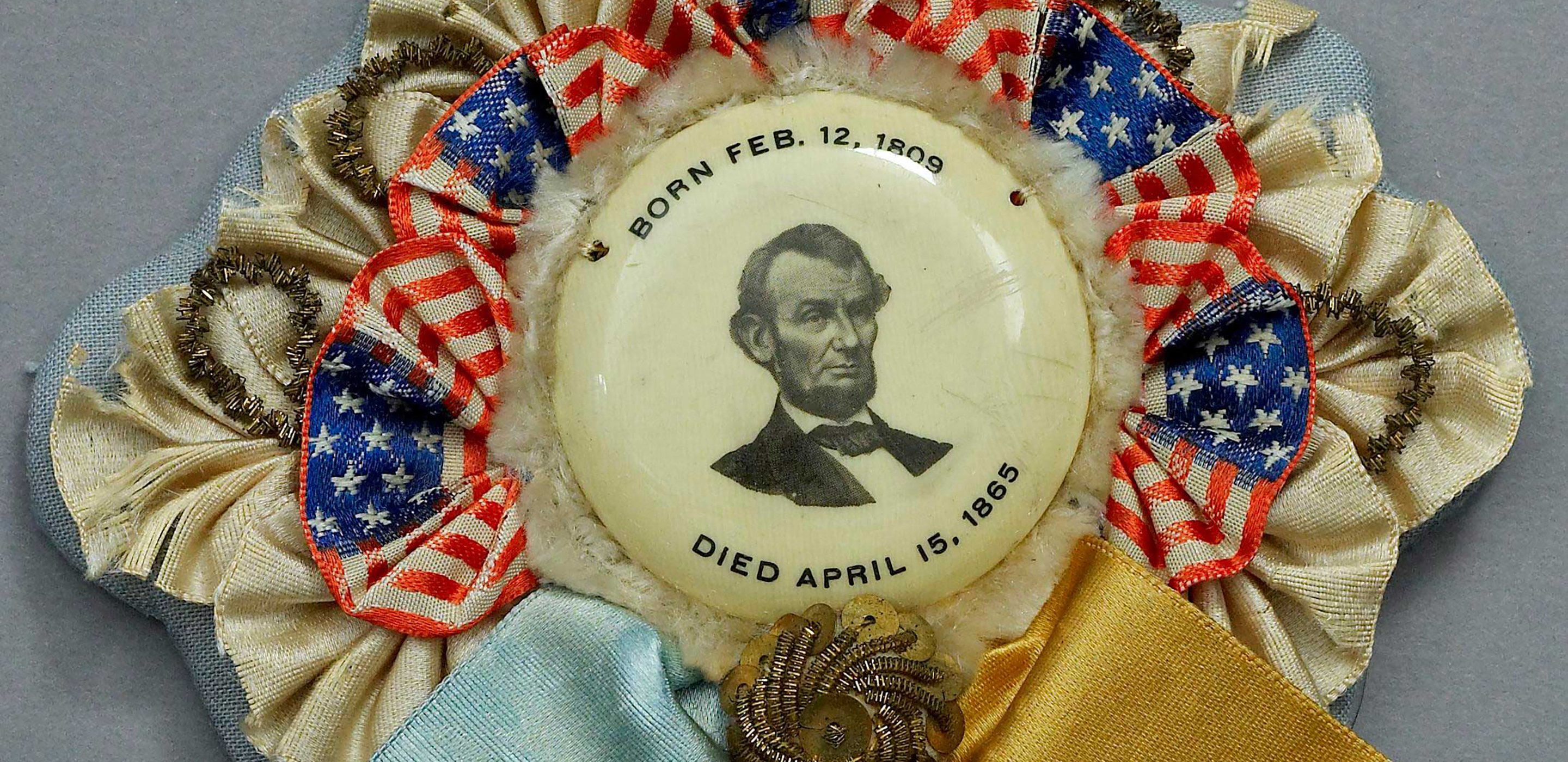
Teaching Lincoln’s Assassination and Legacy
We offer ready-to-use history lesson plans focused on how to teach President Abraham Lincoln’s assassination and the Civil War.
Explore the life, leadership, death and legacy of Abraham Lincoln through primary sources and lesson plans developed by our education staff and master teachers. We offer ready-to-use history lesson plans focused on how to teach President Abraham Lincoln’s assassination and the Civil War.
Choose what works for your classroom needs. Lessons are written for Grades 3-5, 6-8 and 9-10.
In addition to teacher-directed lesson plans, we offer activities for students to complete on their own without requiring the assistance of a teacher or adult at home.
Narrative Writing: Using a Primary Source Memoir
In this lesson, students will close-read a narrative primary source (a letter from Julia Adelaide Shepard, an eyewitness to the assassination of President Abraham Lincoln) and use it as a mentor text for creating their own piece of narrative writing.
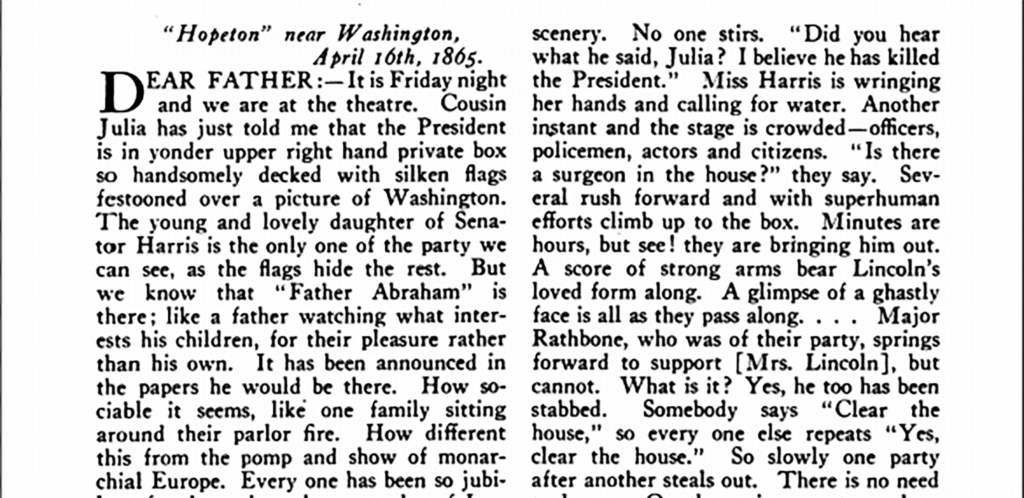
Student Activities
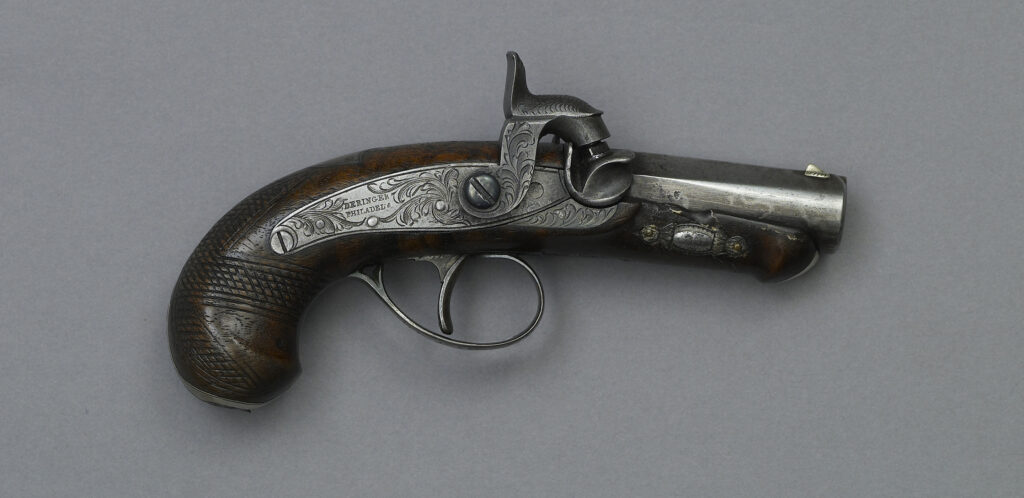
Student Activity: To See or Not to See?
Should the deringer pistol used by John Wilkes Booth to shoot Abraham Lincoln be displayed in the new exhibit?

Student Activity: The Assassination of President Lincoln
This activity uses the Lincoln’s Assassination page on the Ford’s Theatre website to explore and analyze the assassination.
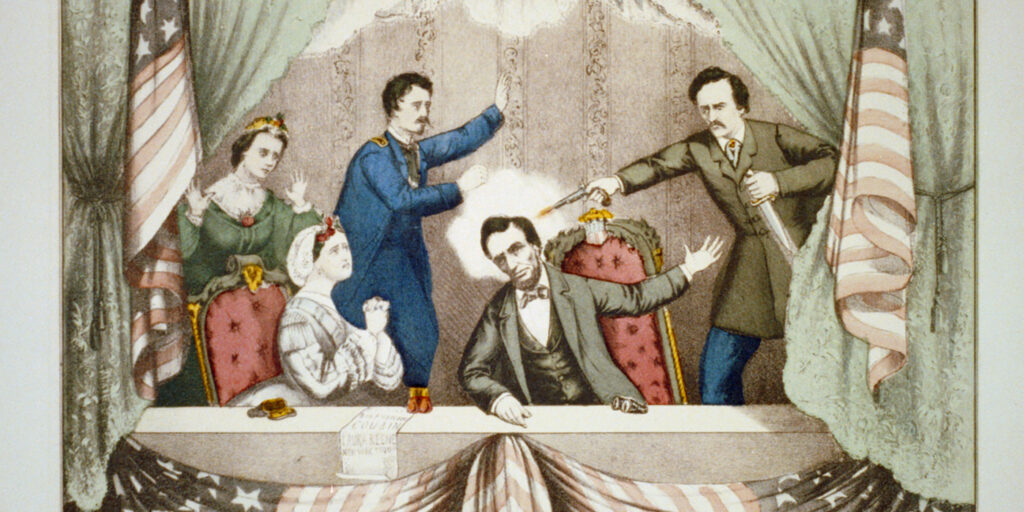
Student Activity: Did Everyone Cry at the Assassination of President Lincoln?
In this lesson, use first-person, primary-source documents to understand how differently people around the country responded to the assassination of President Abraham Lincoln.
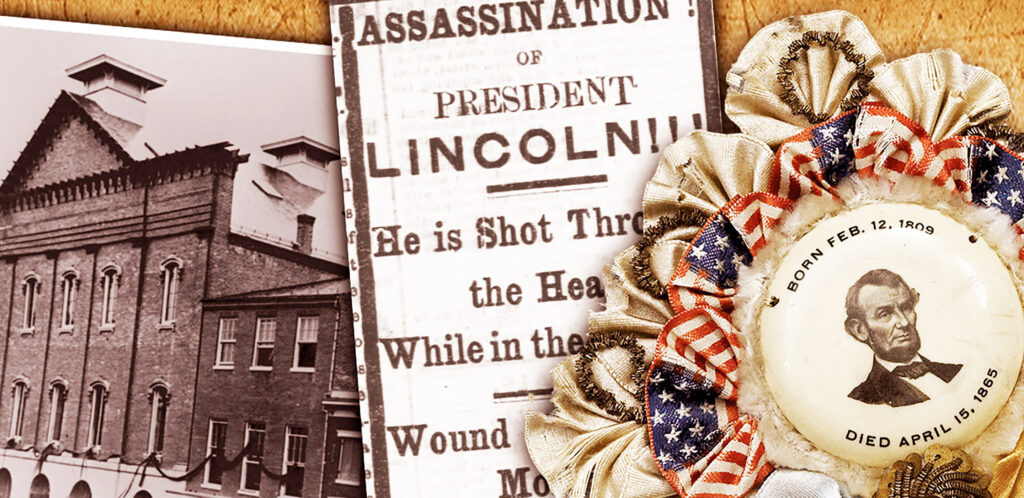
Student Activity: Reactions to Lincoln’s Assassination
How did people react when they learned of President Lincoln’s assassination?
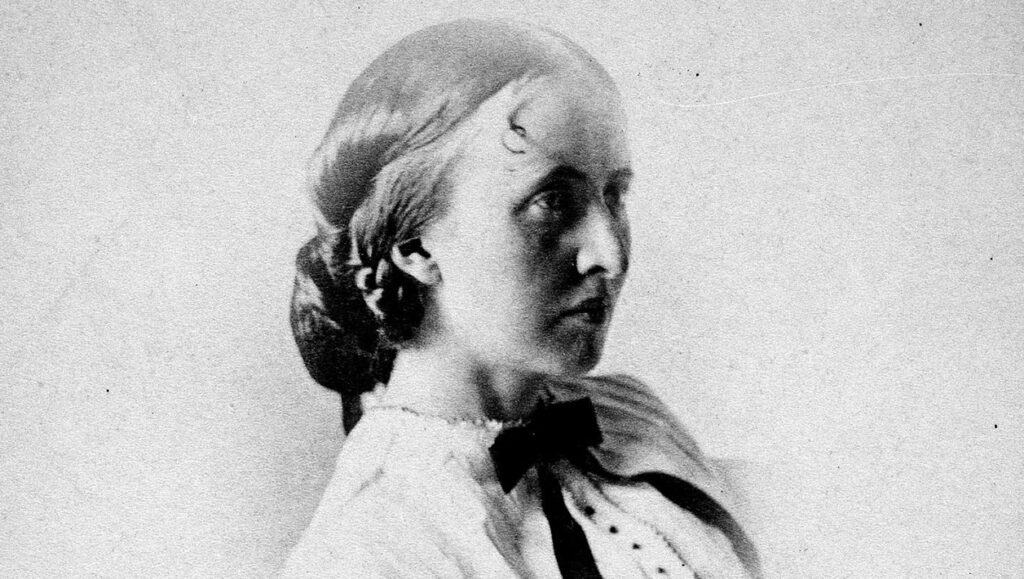
Student Activity: Civil War Washington Through the Eyes of Mary Henry
In this lesson, explore two events during the Civil War in Washington to understand different perspectives on some of the most important questions of the day.
Lesson Plans: Lincoln’s Assassination & Legacy
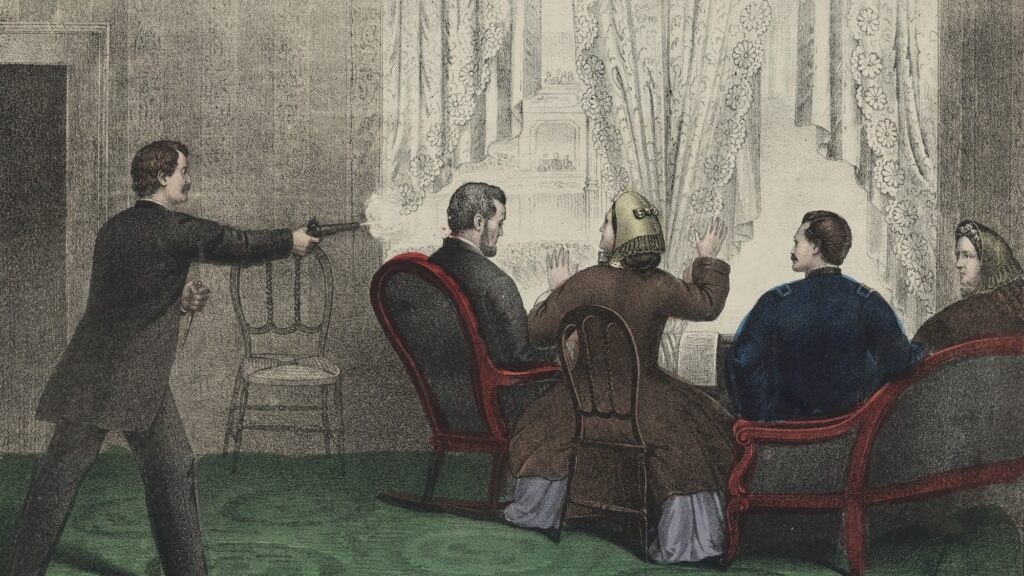
Investigating The Assassination of President Lincoln
For Grades 6-8
In this lesson, students will learn about President Lincoln’s assassination through an investigation into curated resources and artifacts from the Ford’s Theatre website.
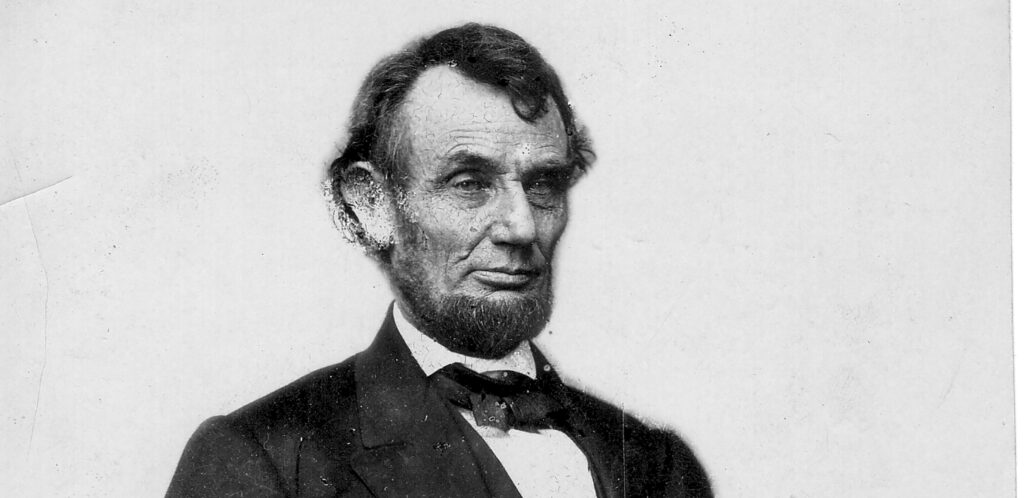
A Comparison of Lincoln’s Inaugural Addresses
For Grades 11-12
In this lesson plan, students will learn how to annotate historical speeches for deeper understanding.
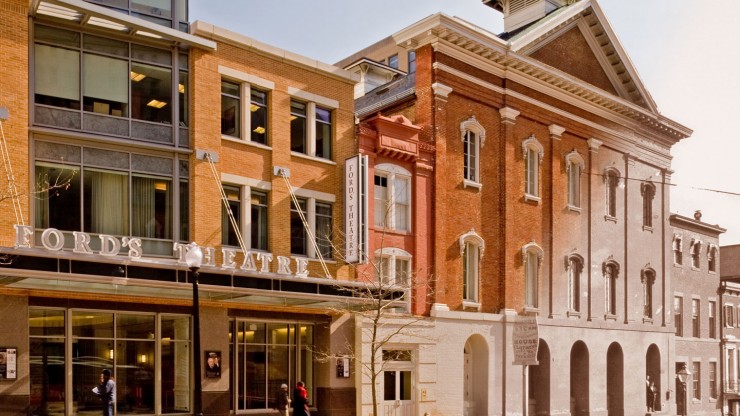
The Assassination of President Abraham Lincoln
For Grades 4-5
In this free lesson plan, students use first-person primary source documents and perspective taking to better understand the assassination of Abraham Lincoln.
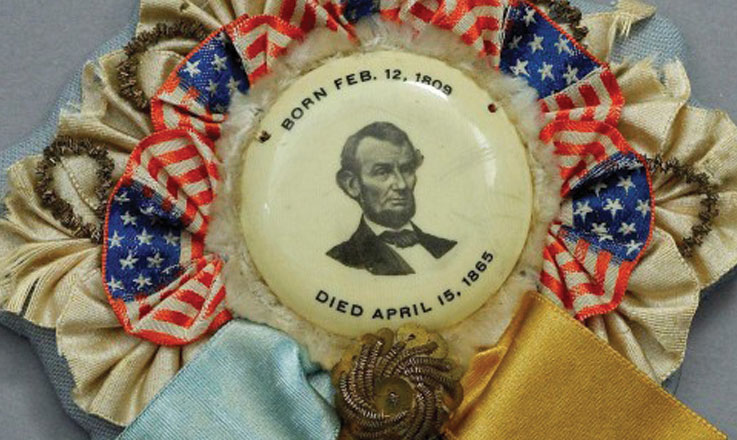
Primary Sources
Remembering Lincoln Digital Collection
Remembering Lincoln is our award winning online database that compiles primary sources illustrating the reaction to Lincoln’s assassination. Browse or search the database to find newspapers, letters, images and more to help students learn about how a divided nation responded to tragedy. You can also view existing teaching modules, create your own, or explore curated collections to use in your classroom.
Lesson Plans: The Civil War
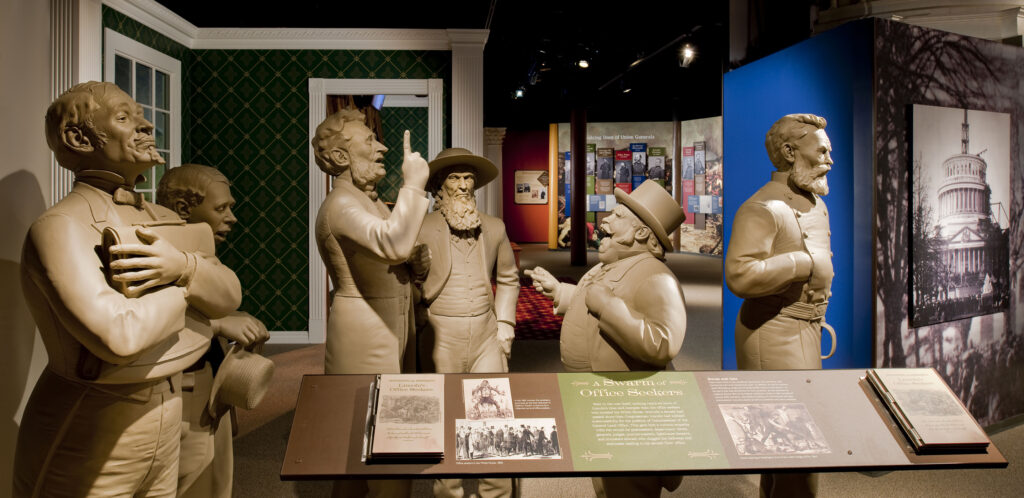
Socratic Seminar/Group Discussion: The Crisis of the Civil War
For Grades 9-12
In this lesson plan, you will engage your students in a Socratic Seminar-style group discussion about the cause and inevitability of the American Civil War.
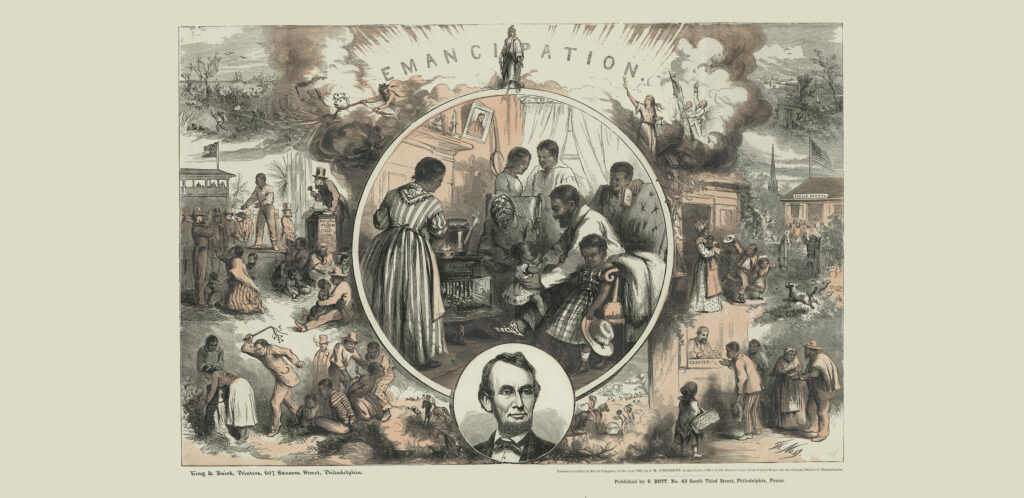
Debating Emancipation
For Grades 9-12
In this Civil War-related lesson plan, students learn to annotate a historical speech to identify and articulate the author’s point of view.
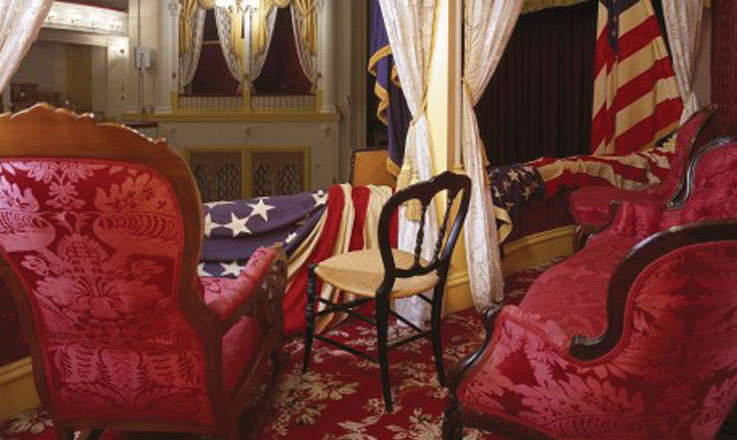
Ford’s Theatre
Virtual Tour
Bring your students on a virtual tour of Ford’s Theatre. See inside the Presidential box and learn more about the events of April 14, 1865. Investigate the place where Booth murdered Lincoln.

